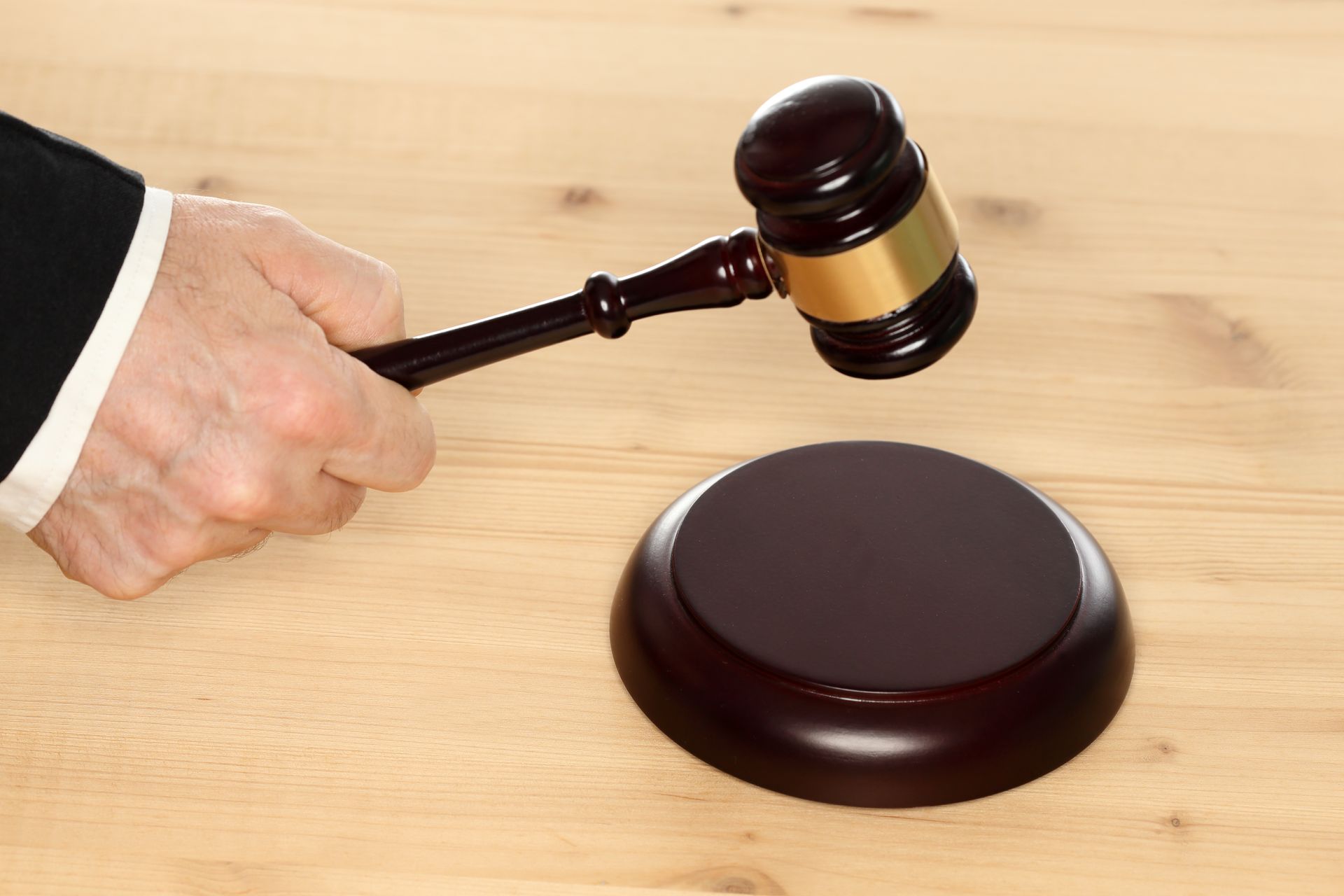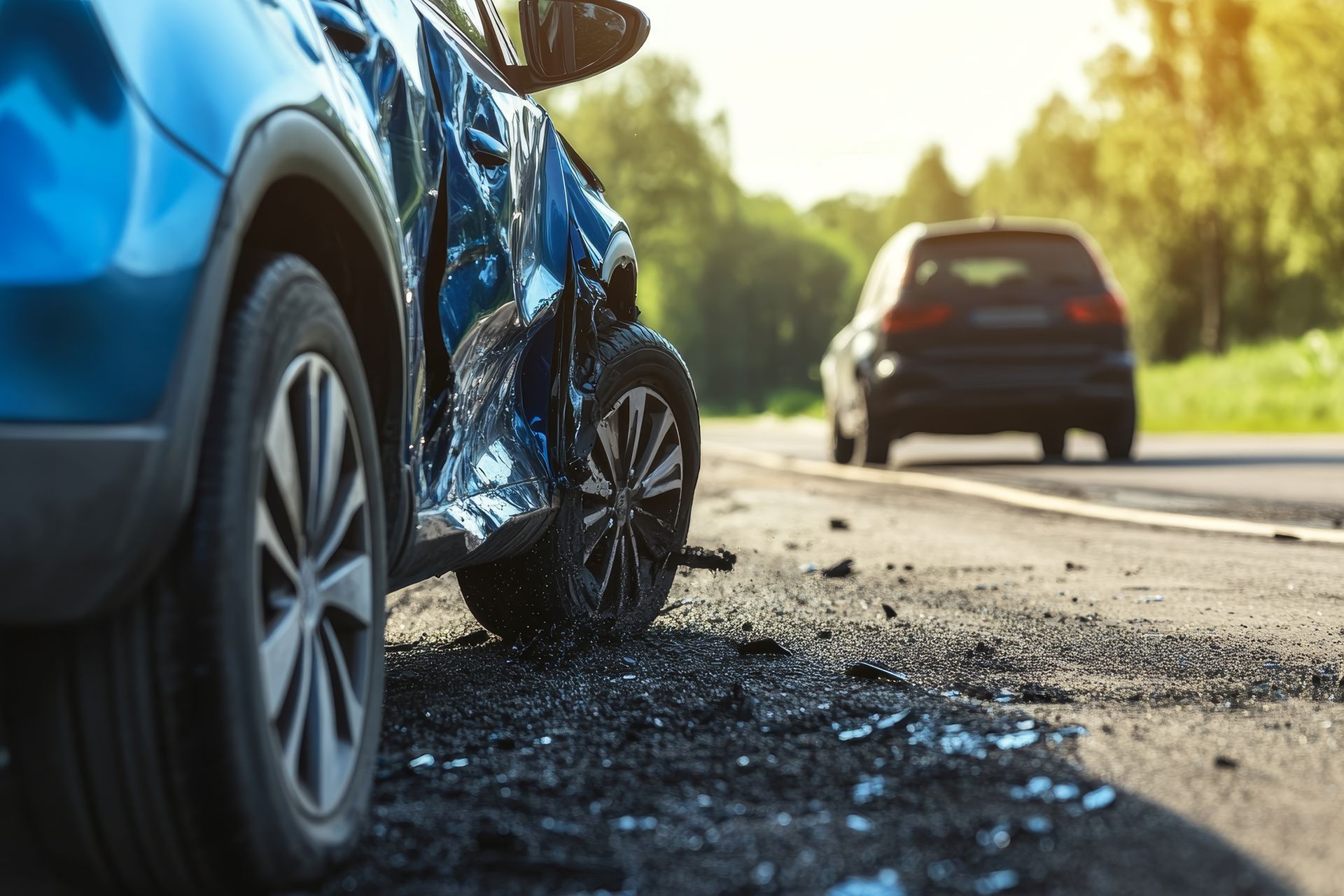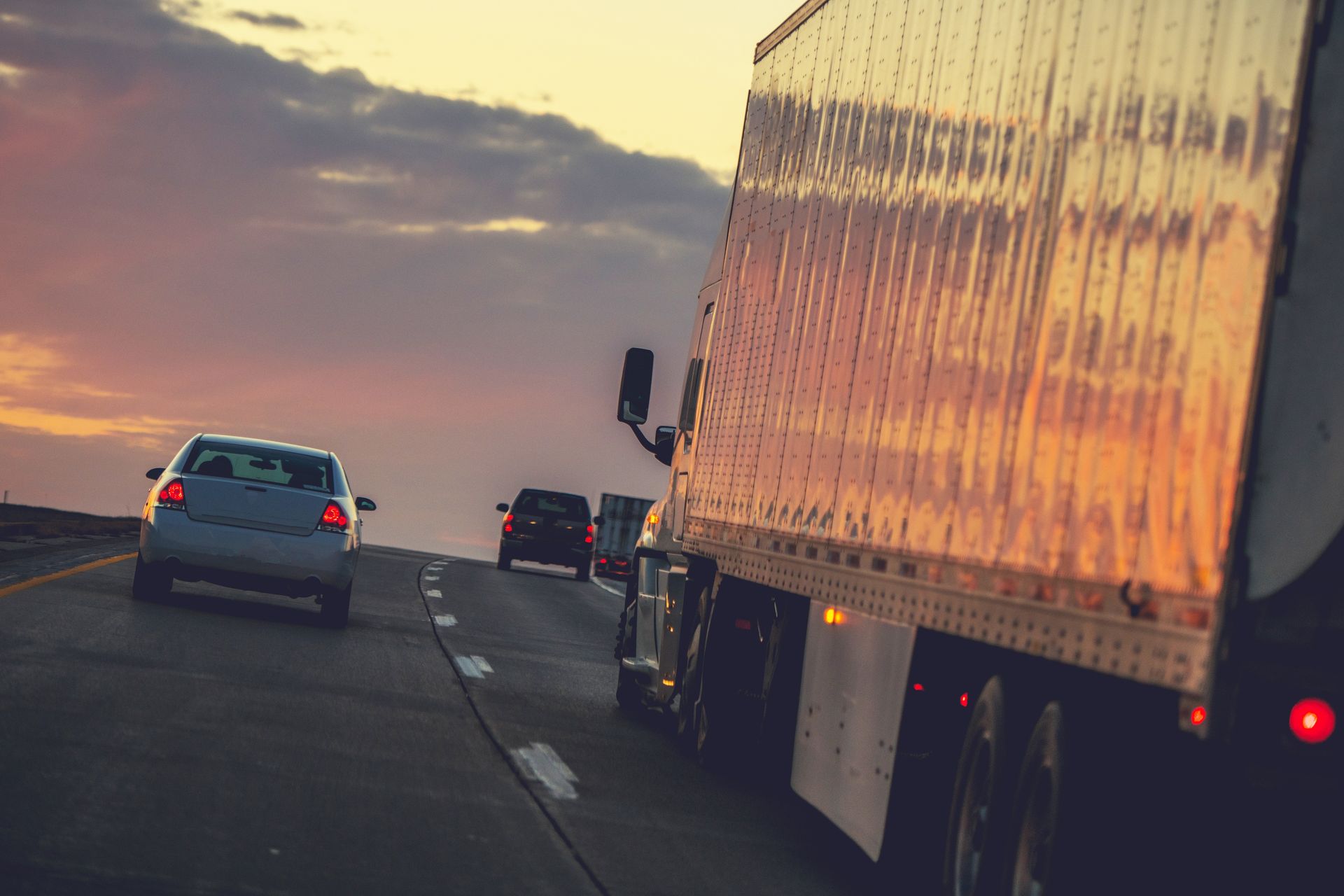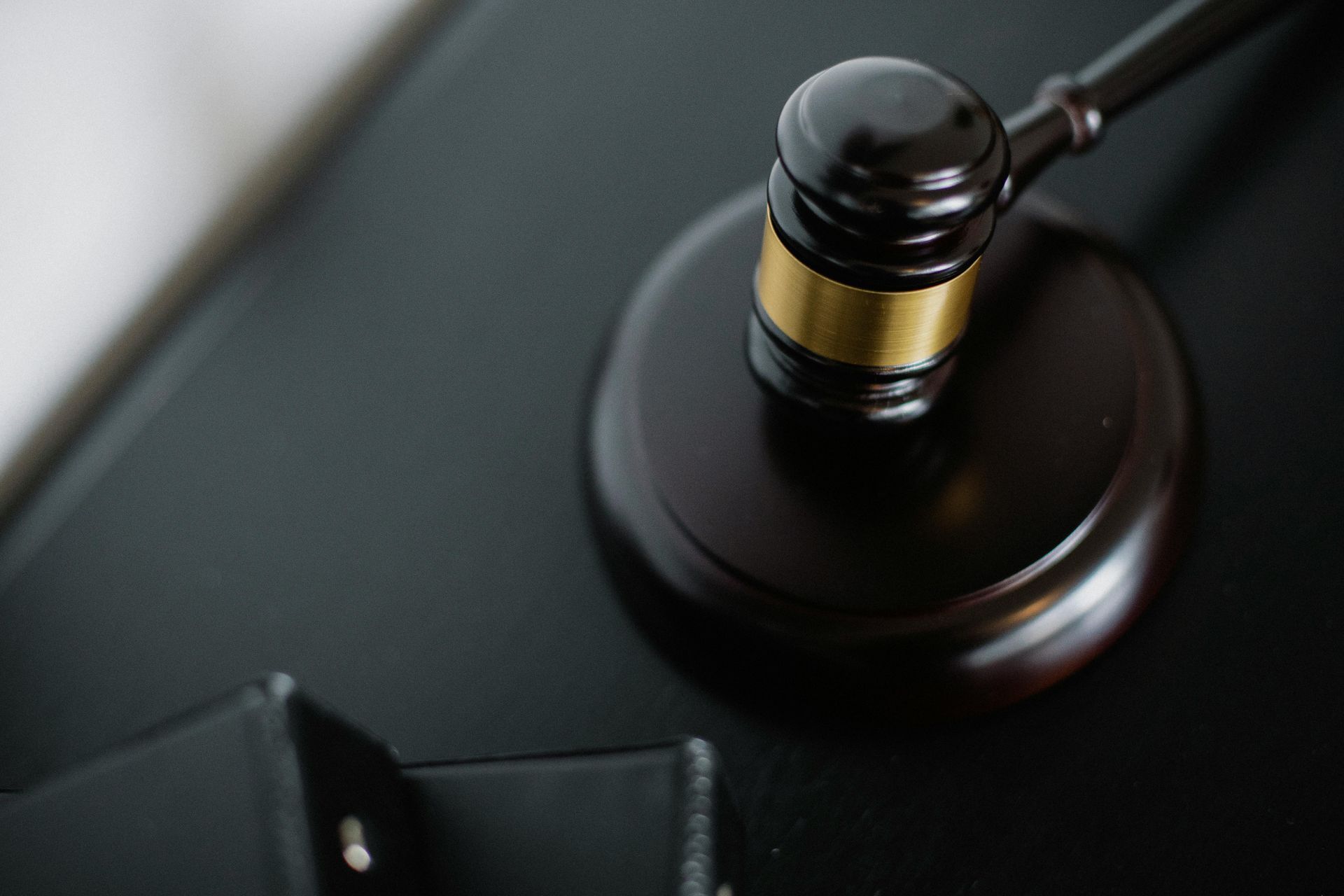What Evidence Do You Need for a Successful Slip and Fall Claim?
What Evidence Do You Need for a Successful Slip and Fall Claim?
Slip and fall accidents can happen anywhere—on a wet grocery store floor, a cracked sidewalk, or a poorly lit stairwell. While these incidents might seem straightforward, proving that someone else is legally responsible can be more challenging than it appears. That’s why gathering strong evidence is critical to the success of your claim.
At Brown & Musslewhite, Ltd., LLP, we help injured individuals in Houston and across Texas build strong personal injury cases after serious falls. If you’ve been hurt due to unsafe property conditions, here’s what you need to know about the types of evidence that can support your case.
Why Evidence Matters in Slip and Fall Cases
Texas premises liability laws require that you demonstrate negligence—that the property owner or responsible party failed to maintain a safe environment, and that failure led directly to your injuries.
Unlike other accidents, such as car crashes where police reports are routine, many slip and fall incidents occur in places where there may be little documentation—unless you act quickly. Without evidence, it’s your word against theirs.
Key Evidence to Support a Slip and Fall Injury Claim
1. Photos and Videos from the Scene
Visual evidence is often the most compelling. Be sure to capture:
- The exact location of the fall
- The hazardous condition (e.g., puddle, broken tile, uneven surface)
- Surrounding area and lighting
- Any warning signs (or lack thereof)
If you’re unable to take photos yourself, ask someone nearby to help. If there’s surveillance footage, request a copy immediately, as businesses may delete recordings after just a few days.
2. Incident Reports
If your fall occurred in a business, restaurant, or apartment complex, ask to file an incident report. This written record can confirm that the accident took place and can document what staff or witnesses observed at the time.
Always ask for a copy or take a picture of the completed report before leaving the premises.
3. Witness Statements
Eyewitness accounts can provide independent support for your version of events. If someone saw your fall or noticed the hazard beforehand, get their:
- Full name
- Phone number
- Brief description of what they observed
Even short statements can go a long way in verifying conditions at the time of the accident.
4. Medical Records
Seeking prompt medical care is vital—not only for your health, but also for your case. Medical records help link your injuries directly to the fall and may include:
- ER visit notes
- X-rays or MRI scans
- Diagnoses and prognosis
- Bills and treatment plans
Be sure to follow up with your medical provider and keep all records organized. Delays in treatment can be used against you by the property owner’s insurance company.
5. Clothing and Shoes
Your clothing may show signs of the fall—such as torn fabric, blood, or debris. Footwear can also play a role in demonstrating that you were acting reasonably and wearing appropriate shoes at the time.
Do not wash or throw out anything you were wearing during the incident. Store it safely as physical evidence.
6. Maintenance Logs or Inspection Records
In some cases, you may be able to obtain logs showing that the property had a history of neglect or had not been inspected regularly. These may include:
- Cleaning schedules
- Repair orders
- Previous complaints
This type of documentation can be especially valuable in commercial property cases.
7. Timeline Documentation
Keeping a written record of your experience can help you stay consistent. Include:
- Date and time of the fall
- When and how you reported it
- Names of any employees or managers involved
- Dates of medical visits
- Notes about how the injury affects your daily life
This journal or timeline can help demonstrate how the injury has impacted you beyond the accident itself.
What You Should Avoid
To protect your potential claim, avoid:
- Giving a recorded statement to an insurance company without legal advice
- Signing any releases or accepting quick settlements
- Posting about the accident on social media
- Discarding physical evidence like receipts, shoes, or medical gear
Let an attorney review your situation before making any statements or decisions that could affect your case.
Talk to a Houston Slip and Fall Attorney Today
Proving fault in a slip and fall case takes more than just your word—it takes preparation, evidence, and persistence. At Brown & Musslewhite, Ltd., LLP, we’re committed to guiding you through the legal process, helping you gather the right documentation, and pursuing the compensation you deserve.
If you’ve suffered a serious fall on someone else’s property, don’t wait. Call 713-234-6545 today or visit www.lbjmlaw.com to schedule your consultation.








